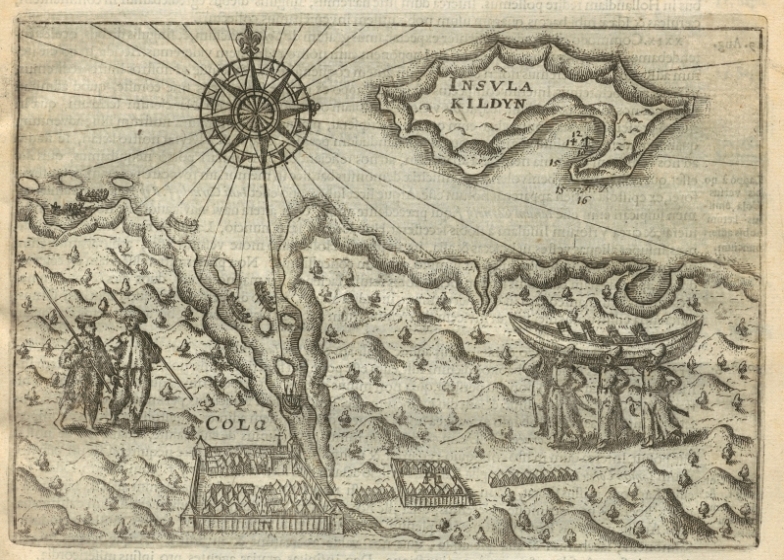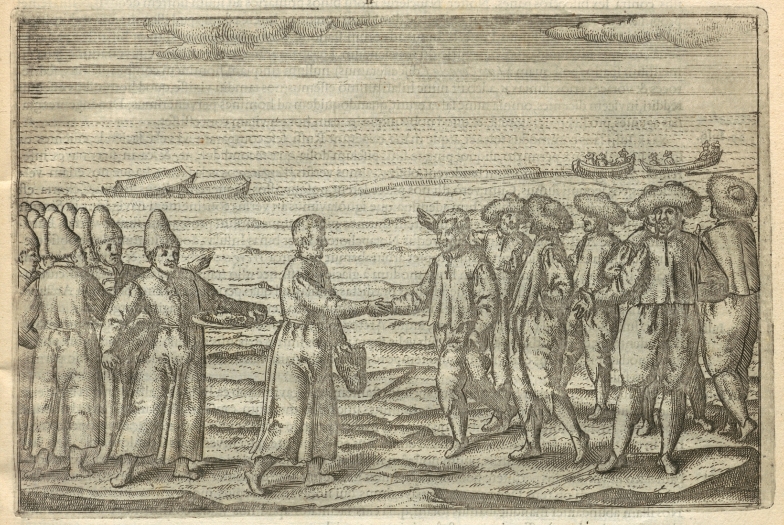The rediscovery of Muscovy
In the Middle Ages, a close relationship existed between the orthodox Kievan Rus and the dynastic states of Latin Europe. Only as a result of the Tatars invading Europe in the middle of the 13th century were these ties largely severed.
However, during the course of the 15th century, the Grand Duchy of Moscow, or Muscovy, reemerged as a significant European power. This aroused the interest of its neighbors to begin exploring Muscovy by undertaking diplomatic missions, commercial travel and research.
For this reason, in the European world view of the 16th century, Muscovy, like America, Asia and Africa, was amongst the group of newly discovered or exotic regions of the world.
The discovery of the Eastern Orthodox borders of the continent as it moved into Asia confronted Renaissance and humanist Europe with questions concerning its identity and its frontiers.


